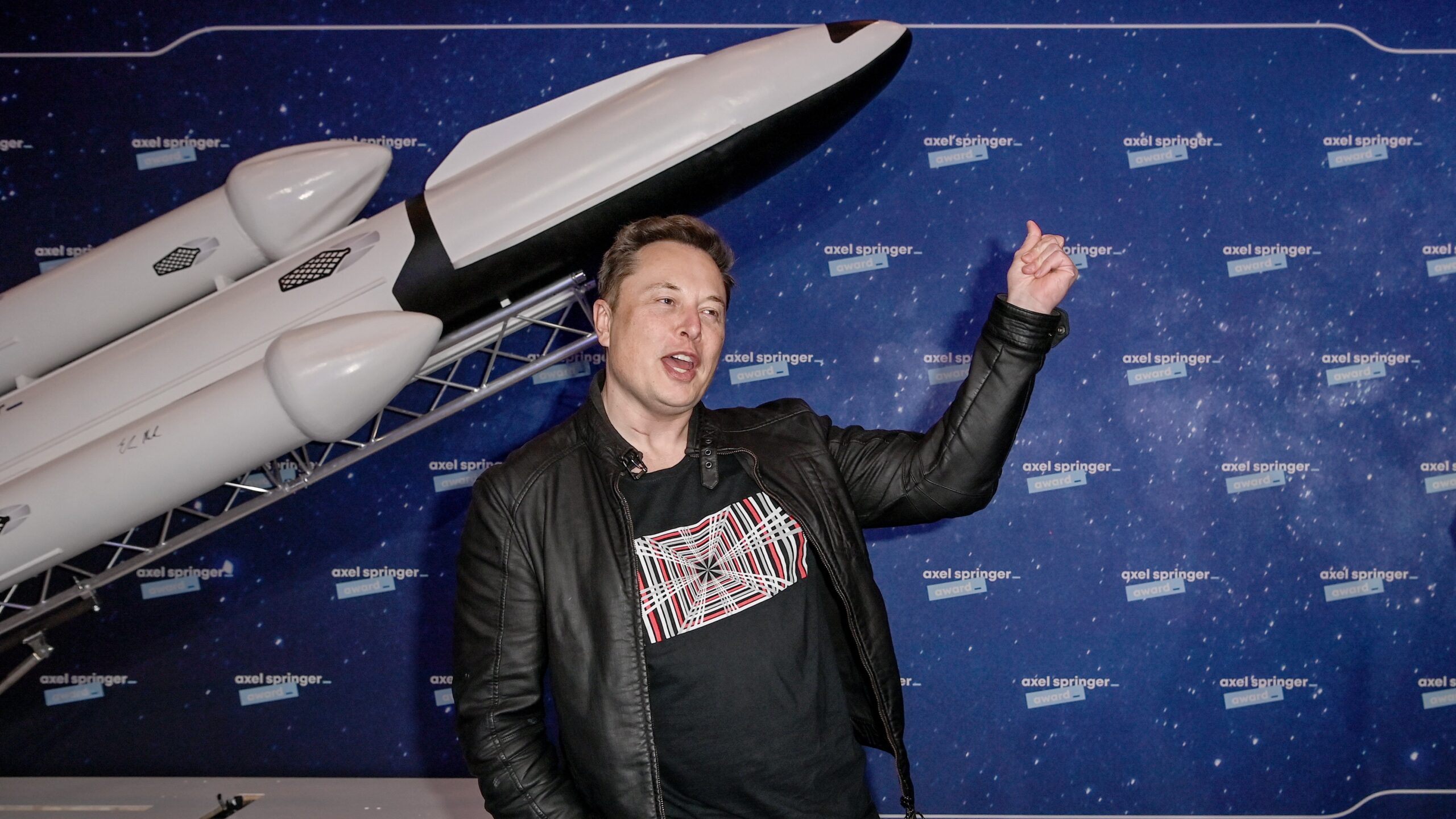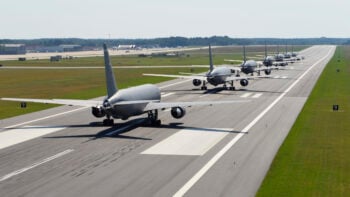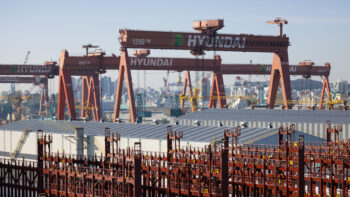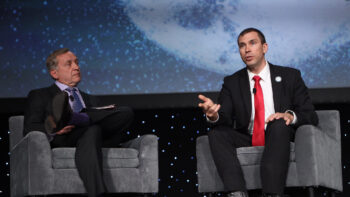
Elon Musk’s Starlink is just one example of the megaconstellation movement. (Britta Pedersen-Pool/Getty Images)
WASHINGTON: When counting down the biggest threats to America’s military assets in space, the list usually begins with China, then Russia, then a host of other geopolitical actors and technical threats, including a focus on how cyberattacks could play a role.
One item that hasn’t traditionally been on the list, but maybe should be: megaconstellations, hundreds or even thousands of small satellites that form one large network. While Elon Musk’s Starlink, which already has over 1,000 birds in orbit, is the most famous of these networks, it is far from alone, and the sheer number of satellites expected to go up in the coming decade could shake up how nation states have to operate in space.
“It’s just a huge change for how the domain functions,” said Victoria Samson of the Secure World Foundation, noting that with the advent of these swarms of systems, the “primary actor” in space will be commercial and not nation states. “We haven’t really figured out how to deal with these changes. Is it ok to essentially give an orbit to one company?”
In the following clip, we asked our panel — Samson, Makena Young of the Center for Strategic and International Studies, Rosalind Lewis of Aerospace Corp and Breaking Defense’s own space expert, Theresa Hitchens — to weigh in on the issue of threats to the Pentagon’s space program and how commercial space fits into that picture.
“I think there is a lack of focus on the issue of not just megaconstellations, but on the future role of commercial space, and how we, as an international community regulate commercial space so that it fits the international security and national security priorities and needs,” said Hitchens. “There is a danger in allowing unregulated commercial activities in space, particularly new activities such as resource extraction and things like that, but also simply of infrastructure in space.”






















